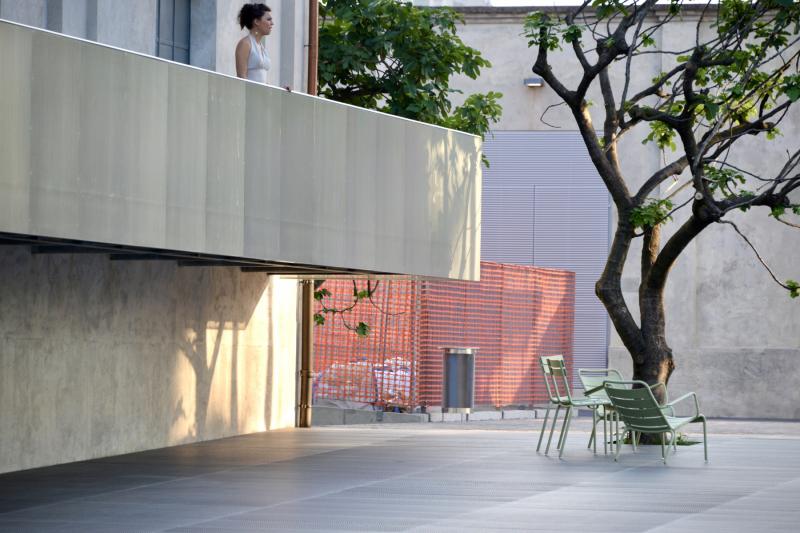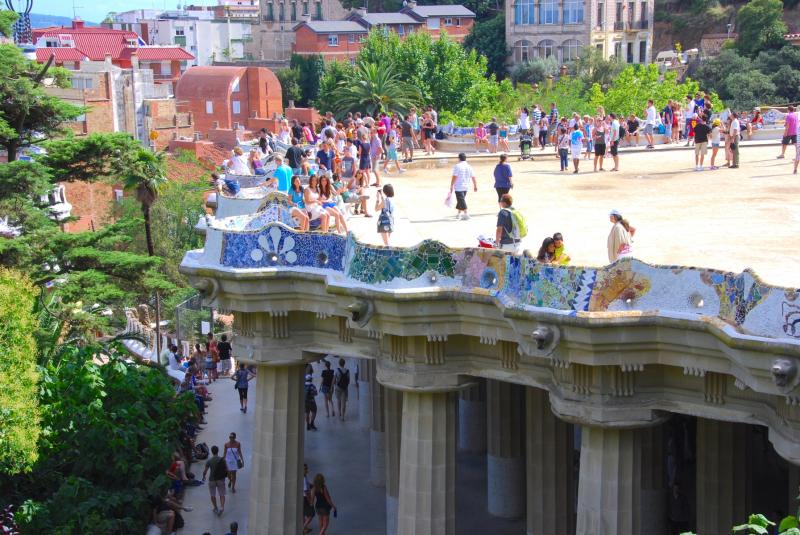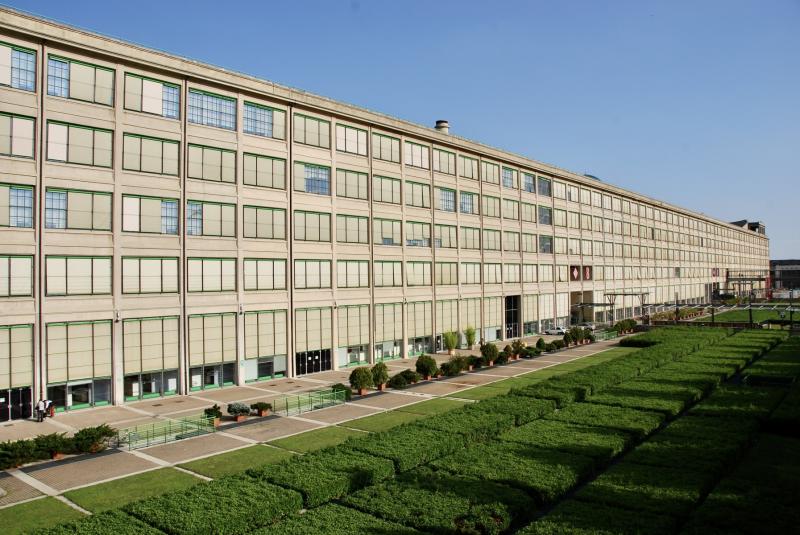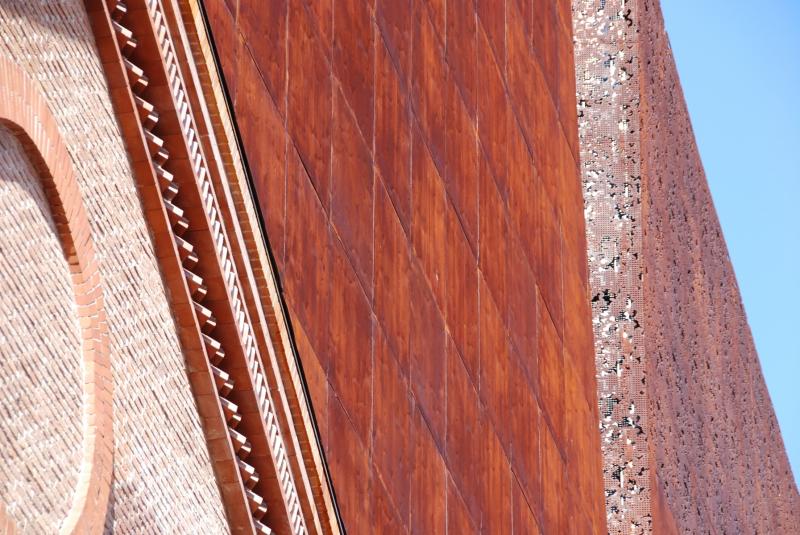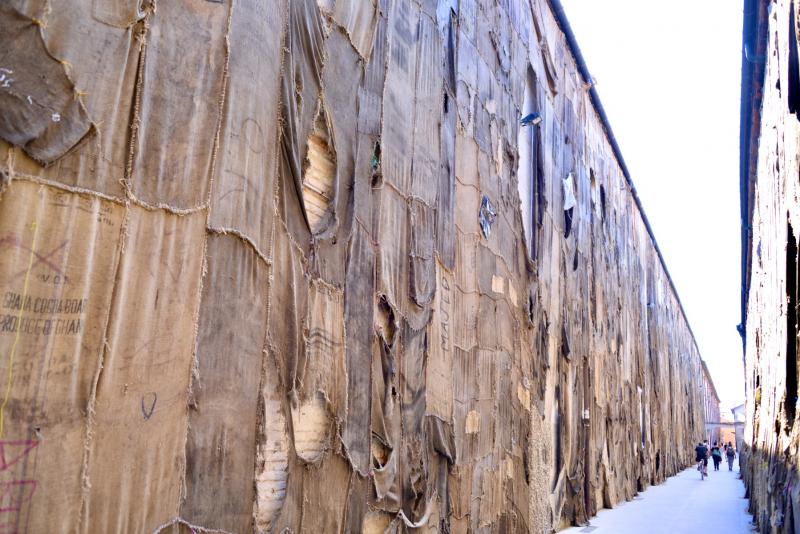Memento 1
PLACES: A Flâneur’s eye presents a kaleidoscope in which time and space are both collapsed and intensified by the contraction of images photographed over a decade or more into an hour (or less) of streaming images. The camera has always been an essential tool for my teaching, in which the experience of art in museum and gallery installations is complemented by the context of public or green spaces, architecture and the cityscape writ large.
I first came across the idea of the flâneur reading Charles Baudelaire’s poem, “Les fleurs du mal” (1857) when I wrote a graduate thesis on the French painter Jean-Baptiste Armand Guillaumin, who drifted along the banks of the Seine painting its bridges, barges and workers after a day or night of labour working himself for the Paris Dept. of Bridges and Roads. He pushed beyond the Ile de la Cité, Notre Dame and the river embankments favoured by Baudelaire, as far as the factories at Ivry, painting the smoking chimneys and the industrial belt that was encircling Paris.
This is a different view from the cultured, inner city of the Paris Opera, Baron Haussmann’s broad boulevards, railway stations, and its public parks; all subjects that the Impressionists painted and writers such as Emile Zola explored. The full experience of the street was consistent with the interest in how modern life was changing and accentuating perceptions. Zola describes in his book L’Assommoir (1877) a group of Parisians, a wedding party, who visit the Louvre Museum. They find themselves, somewhat unaware, in the labyrinthine halls of Italian Renaissance, Dutch, Flemish and French painting. As they progress through its halls, they experience the world anew through the paintings hung on the wall. It is as much an uplifting aesthetic experience as it is a respite from the outside world. Yet, they bring their open-eyed worldliness into the sanctuary of the gallery and measure their own quotidian or profane experience against the high symbolism of the art on display.
PLACES: A Flâneur’s Eye captures multiple perspectives of North American and European culture through numerous art installations in galleries, museums and public spaces. The camera gives us unprecedented access in a culture that generates millions of images daily. This exhibition presents a point of view that illustrates the artist’s interest in how specific works of art, buildings or public spaces compel their publics, from New York to Barcelona, Paris to London, Venice to Florence, Boston to Buffalo, to engage in the life of the city.
Will Self, the English author, is a self-declared flâneur whose writings are based on his walks or drifts in the city, most notably London, England. In his book Psychogeography (2007), Self writes a series of essays that are dedicated to “reclaiming the city, both at a personal and a political level. They’re about assaulting people’s idea that there are places that are not worth being in, or traveling through.”[1] He remains in thrall of the street, its hidden or broken beauty, its drab or enervating maladies, but also its unexpected pulse and vibration. (Text by Derek Knight)
[1] https://www.latimes.com/archives/la-xpm-2007-nov-13-et-self13-story.html
Images:
Cisterna, Fondazione Prada, Milan, Italy (© dk 2015).
Julieta Aranda and Anton Vidolde, "Time/Bank," 2009+, Karlsaue Park, Documenta 13, 2012. Kassel, Germany (© dk 2012).
Main Terrace, Parc Güell, (architect, Antoni Gaudi, 1914), Barcelona, Spain (© dk 2011).
Lingotto shopping mall, conference centre, hotel, and Pinacoteca Giovanni e Marella Agnelli (gallery), (former Fiat Factory, opened 1924; redevelopment and architecture by Renzo Piano studio), Turin, Italy (© dk).
Mumok (Museum moderner Kunst Stiftung Ludwig, Wien/Museum of Modern Art, Ludwig Foundation), architect, Ortner & Ortner, 2001, Vienna, Austria (© dk 2019).
WHATAMI, outdoor installation, 2011, Young Architects Program. MAXXI / StARTT, Rome, Italy (© dk 2011).
Mary Heilmann (b. 1940, USA), partial installation view of 40 artist-designed chairs, 2015, Sunset commission, inaugural exhibit, Whitney Museum of American Art, New York, USA (© dk 2015).
Sean Scully (b. 1945, Ireland), “Landline Green Sea,” 2014, oil on aluminium, from Landline series, installation view, Palazzo Falier, Venice, Italy (© dk 2015).
Caixa Forum Museum, Madrid, façade (architect, Herzog & de Meuron, Switzerland) (© dk 2011).
